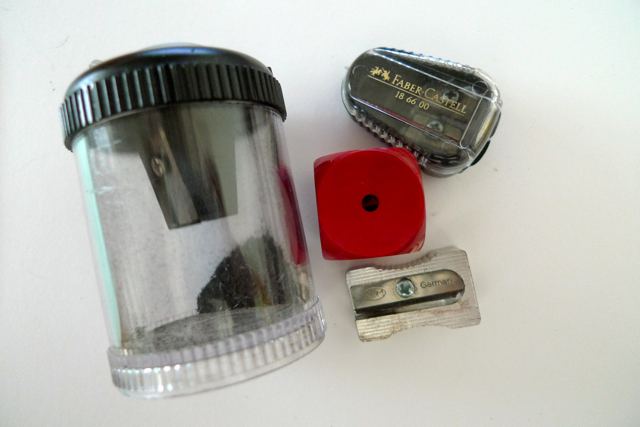One day I woke up and had a Koh-i-noor leadholder family. From top to bottom: tiny Koh-i-noor 2mm for planner fiends; 3.8 mm with curvaceous clip for those who find 5, 5.5 and 5.6 mm way too much; green 5.6 mm; green 2mm with knurled grip.
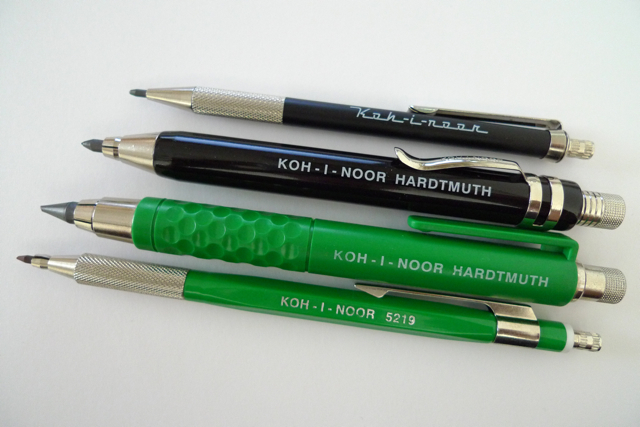
The Lamy Scribble in stealth black is great for what it’s named after. 3.15 mm lead, sharpener bought separately but had to be bought because it was red.
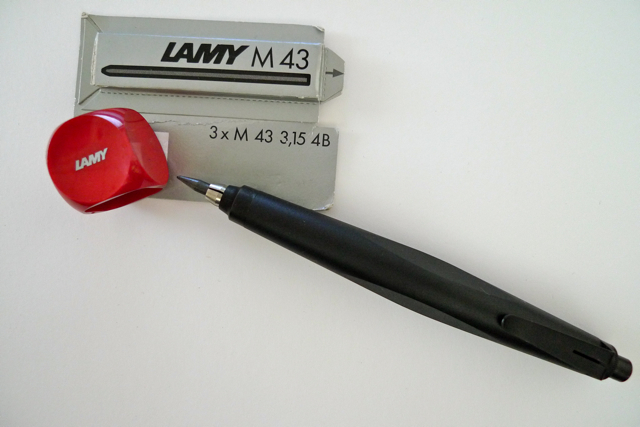
Usually, leadholders come with built-in sharpeners. I couldn’t resist picking these up anyway. The big one is for 5.5/5.6 mm lead; the Faber-Castell takes 2 and 3mm.
The most unusual leadholder in my collection is the Cleo Skribent Der Gessner. Dave’s Mechanical Pencils blog has a comprehensive review. My version is the cheaper one, with a rustic hessian pouch instead of leather.
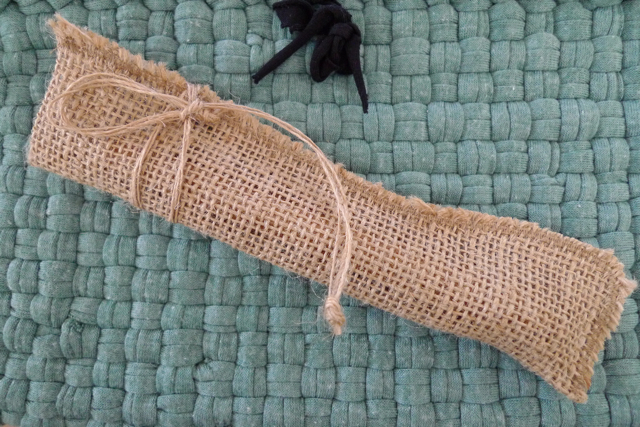
Holding the lead in place is a tapered inner sleeve.
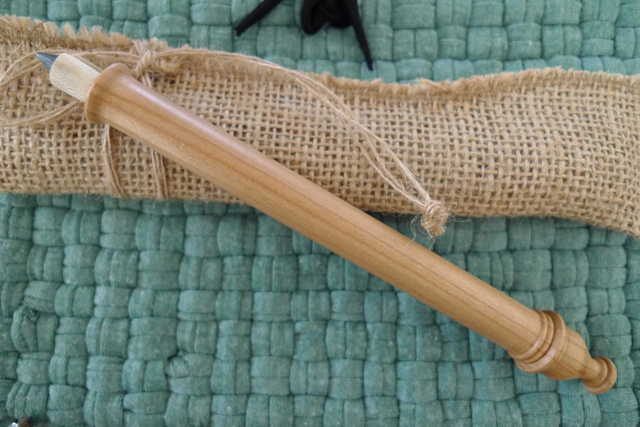
It slides down the hollow barrel until it reaches the wide part of the sleeve. A little push and twist, and it’s secure.
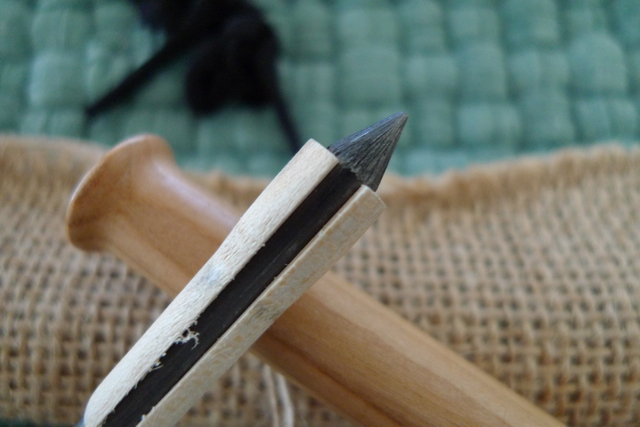
Today, history’s first modern pencil (designed by Conrad Gessner in the 16th century) seems quaint, a toy for the nostalgic. The practical-minded will certainly prefer the regular wood-encased pencil. Still, I’m happy to live in a time when pens can write upside down in space and companies recreate 16th century pencil technology. Efficiency makes life easy, but it is poor food for the spirit.
